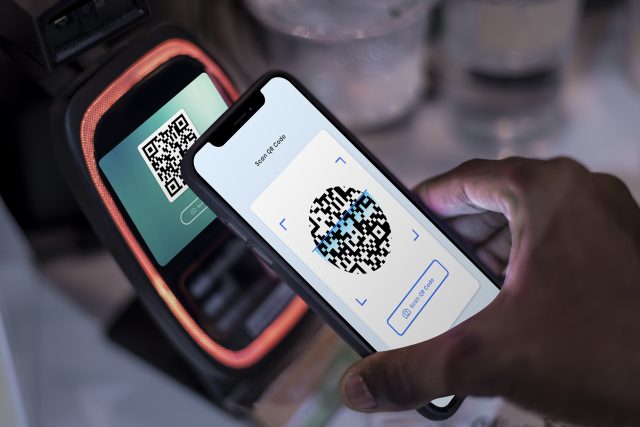Not long ago, paying for something meant pulling out your wallet, swiping a card, or even counting out coins. Fast forward to today — and we’re unlocking payments with our faces, transacting across borders with crypto, and sending money with a tap. So where are we headed next?
Let’s break down the exciting future of payments — from biometrics to blockchain — and how it’s going to change the way we move money forever.
Biometrics: Your Body is the New Password
We’ve already gotten used to unlocking phones with a fingerprint or face scan. But now, those same technologies are being used to authorize payments — securely and seamlessly.
What’s Already Happening:
- Apple Pay and Face ID: You double-tap, glance at your phone, and boom — payment approved.
- Amazon One: In select stores, shoppers can now pay by scanning their palm.
- Voice-based payments: Think, “Alexa, pay my electricity bill.”
Biometrics offer both convenience and security. There’s no PIN to remember, no password to hack. You are the key.
What’s Next?
- Retina and heartbeat scans
- Behavioral biometrics (how you swipe or type)
- Wearable payments — think smart rings and AR glasses with built-in pay tech
But as we lean into body-based banking, expect a larger focus on data privacy and consent.
Crypto: The Digital Cash Revolution
Cryptocurrencies like Bitcoin, Ethereum, and USDT have grown from fringe internet tokens to global headlines. Now, they’re pushing us toward a new payment reality — faster, borderless, and decentralized.
How Crypto is Changing Payments:
- Low-fee global transfers: Send money across the world in minutes, no bank middleman.
- Decentralized Finance (DeFi) apps that let you spend and earn interest — no traditional bank required.
- Stablecoins like USDC and USDT, pegged to the dollar, make crypto less volatile and more usable in real life.
Real-World Examples:
- Starbucks and Shopify accept crypto (via third-party gateways)
- Visa and Mastercard are partnering with crypto platforms to offer payment cards
- Countries like El Salvador made Bitcoin legal tender
The Big Question:
Will crypto replace traditional money? Not overnight — but it’s likely to coexist alongside fiat currencies, especially in cross-border commerce and high-inflation countries.
The Rise of Super Apps & Invisible Payments
Picture this: You hail a ride, order lunch, pay your rent, and invest spare change — all from one app. That’s the future we’re speeding toward.
Examples:
- WeChat Pay in China
- Cash App and Venmo in the US
- Flutterwave Send and Chipper Cash in Africa
These “super apps” combine payments, messaging, banking, investing, and even shopping — creating a frictionless experience that keeps users loyal.
At the same time, we’re entering the age of invisible payments:
- Your car pays for gas
- Your fridge reorders groceries
- Your wearable handles checkout at the gym
Futuristic? Maybe. But the tech is already here — it just needs to scale.
Security, Regulation & Trust: The Elephant in the Room
As payments evolve, so do risks. From deepfakes fooling biometric systems to scams in the crypto world, security and regulation will become major battlegrounds.
Expect to see:
- Stricter data laws and crypto regulations
- AI-driven fraud detection
- More control over your digital ID and wallet
Trust will be the currency of the future — and payment platforms that prioritize transparency and user control will win.
Where Do You Fit In?
The way we pay is changing fast. But the goal remains the same: make money move faster, safer, and smarter.
As consumers, we need to:
- Stay informed (like you’re doing now
- Test new tools, but understand their risks
- Choose platforms that respect privacy and transparency
Because in the future, your face, phone, or fingerprint might be all you need — but you’ll still want to be in control.














